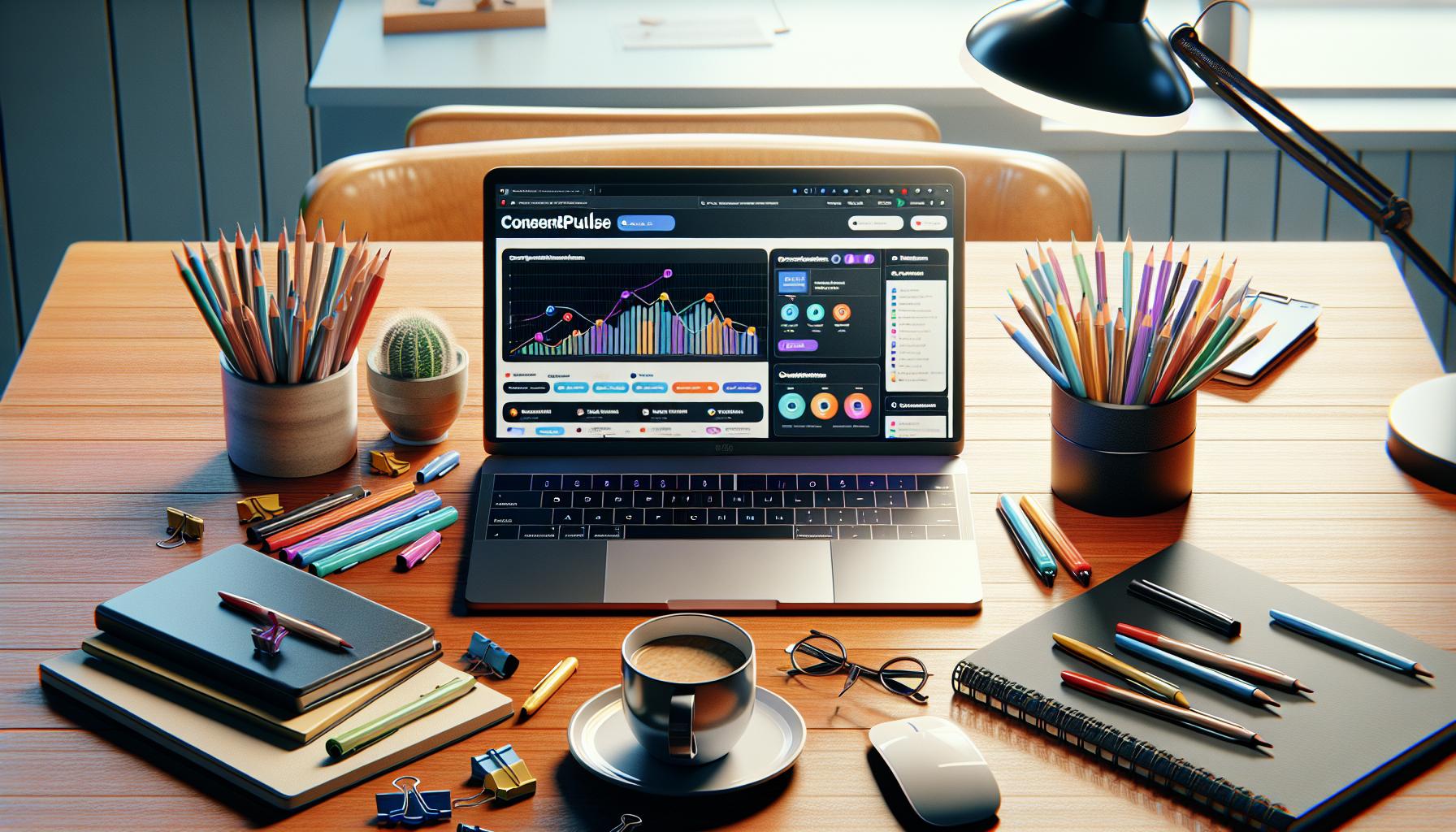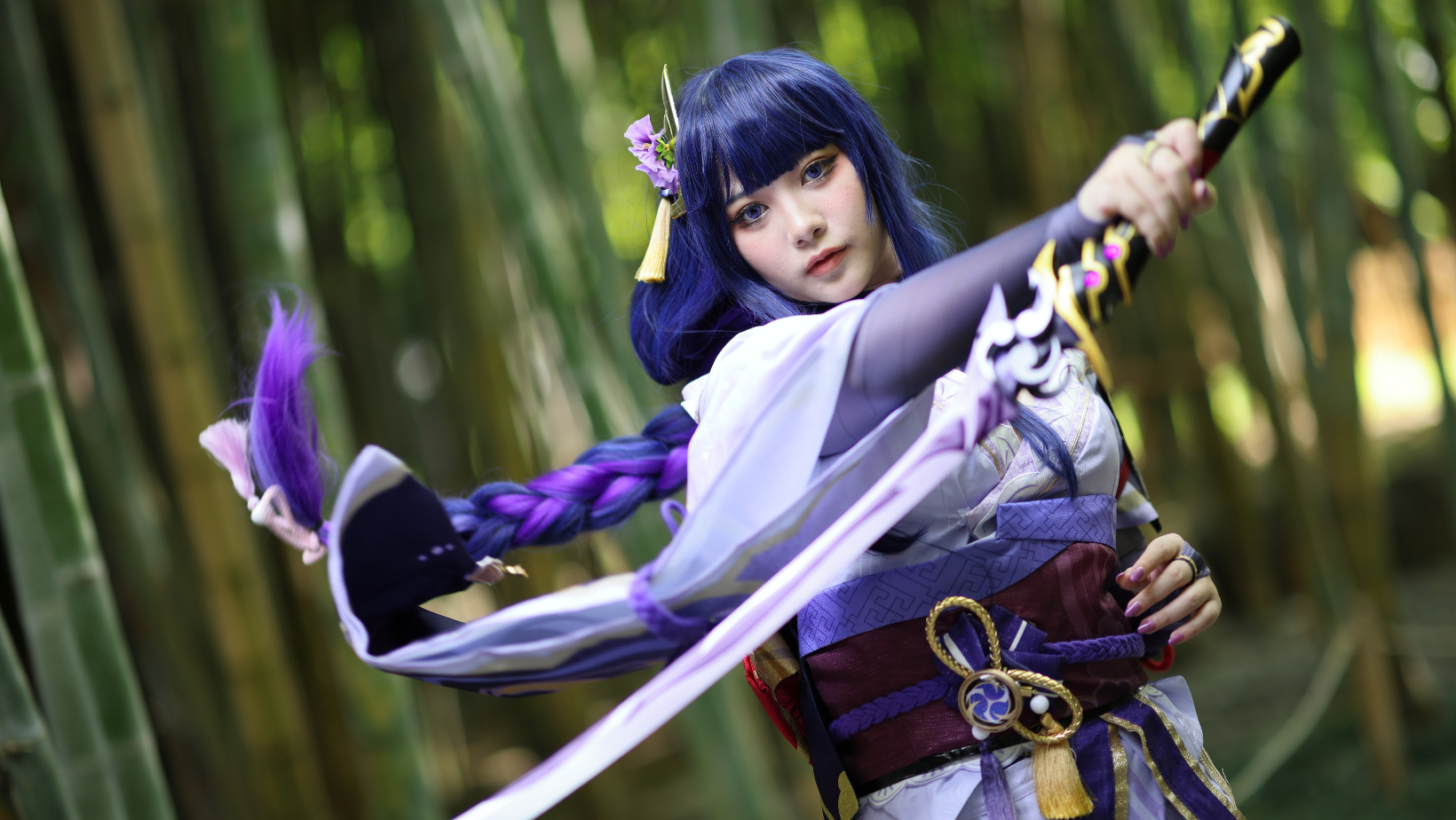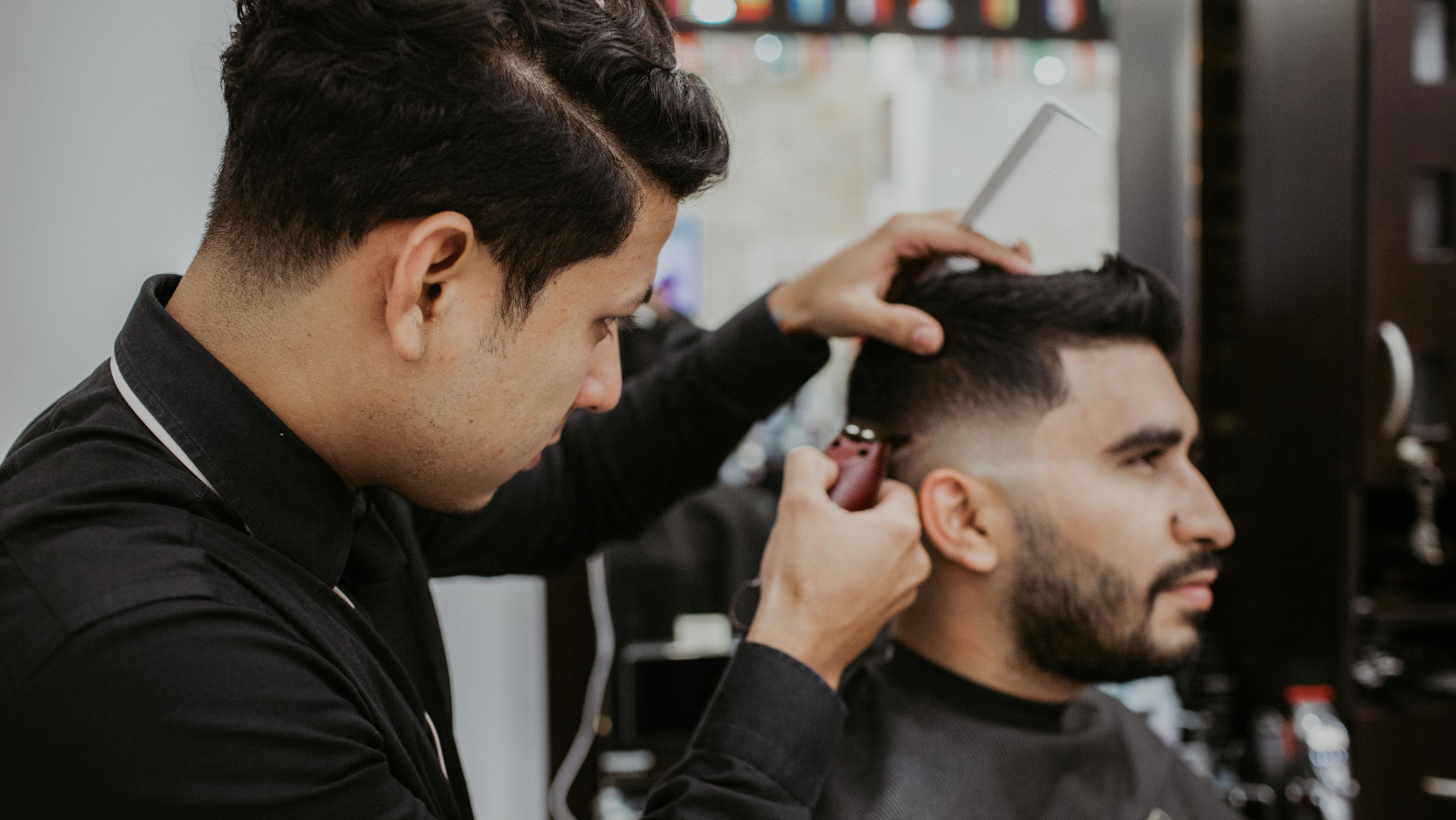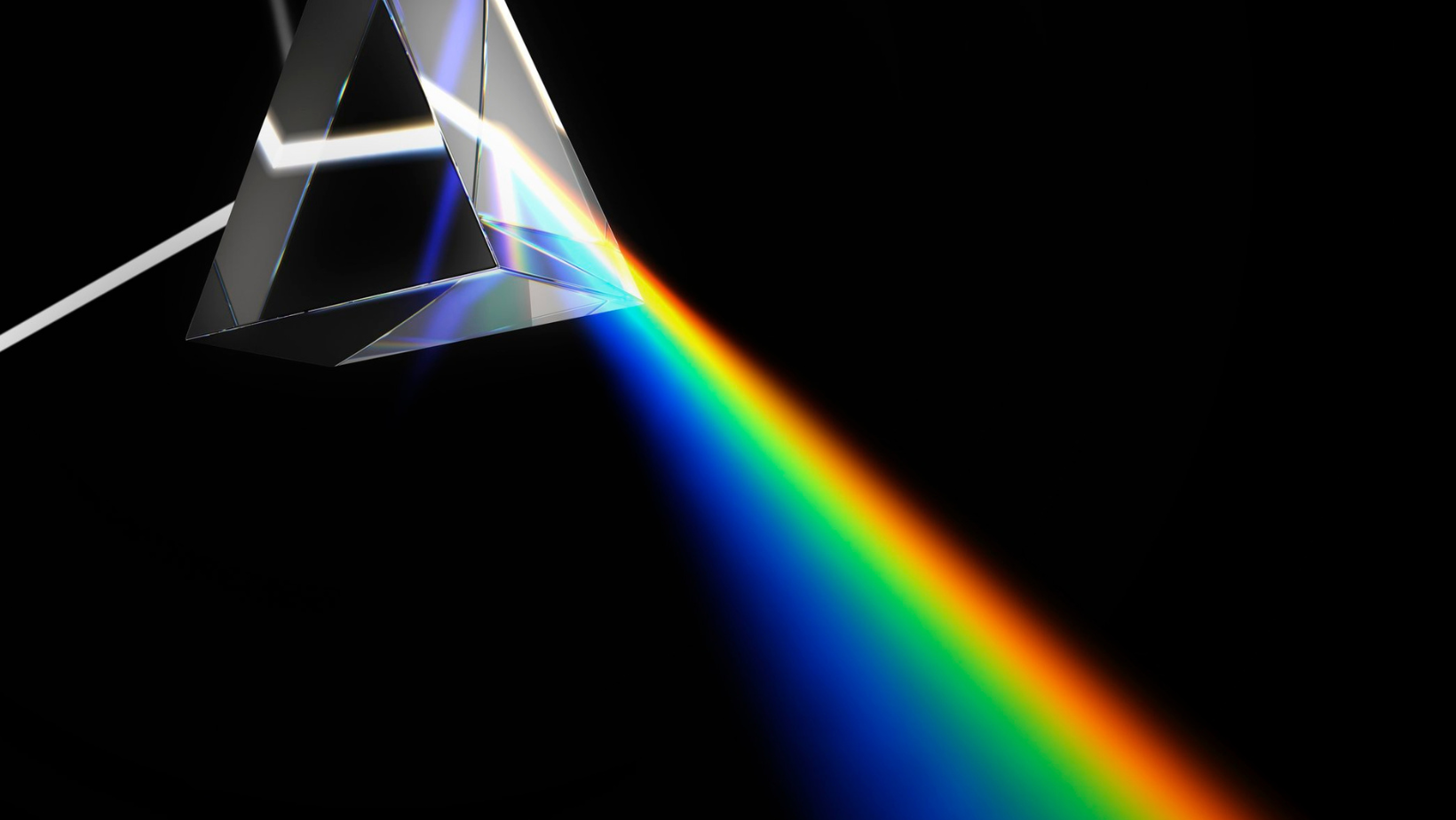conversationswithbrittany.com
Thriving Through Motherhood
Your Guide to Wellness, Pregnancy, and Work-Life Balance
About Us
Helping women never doubt that they are Valuable & Powerful
We’re dedicated to supporting moms through every step of their journey, from pregnancy to navigating the delicate balance of work and family life. With a focus on holistic health and wellness, we provide a nurturing space for mothers to find valuable insights, practical advice, and empowering conversations. Join us as we celebrate the beauty and challenges of motherhood, helping you thrive in every aspect of your life.
Pregnancy
Embarking on the Journey
Navigating Pregnancy with Confidence and Care
Pregnancy
How to Deal with Pregnancy-Induced Insomnia
Despite being an incredible journey with a beautiful reward, pregnancy comes with a ton of challenges. Among the most pressing issues is insomnia. This condition ...
Pregnancy
Nourishing Breakfast for Pregnancy: Delicious & Nutritious Options
Pregnancy is a special time in a woman’s life that calls for extra care and attention, especially when it comes to nutrition. Finding the right ...
Pregnancy
Why is My Pregnancy Test Fading without Bleeding? Understanding the Complexities
If you’ve found yourself in a situation where your pregnancy test is showing a lighter result but you’re not experiencing any bleeding, it can be ...
Pregnancy
Pregnancy Test Strip: Accurate & Affordable Option for Early Detection
When it comes to early detection of pregnancy, the frrs pregnancy test strip is a reliable and convenient option for many women. These test strips ...
Mom’s Health Tips
by Zyntharion Krylak
Latest
Exploring Online Slots with Welcome Bonuses for New Players
Have you ever thought about trying online slots but weren’t sure where to start? Many platforms offer welcome bonuses to new players, making it easier ...
Mom's Health
THINGS NEW MOMS SHOULD DO FOR THEMSELVES
Becoming a mother is simply indescribable. The feelings of happiness are overwhelming. But even though we do everything we can to make the baby feel ...
Latest
Outdoor Shutter Inspirations: From Classic to Contemporary
Outdoor shutters do more than just adorn your windows; they serve as functional elements and aesthetic enhancers to a home’s exterior. Traditionally, shutters were utilitarian, ...
Come join us
We need to reshape our own perception of how we view ourselves. We have to step up as women and take the lead.
Empowering Maternal Wellness
Nurturing Moms Through Every Stage of Health
Mom's Health
Mental Health Matters: Understanding the Needs of Mothers with Autistic Children
Written by
Sharon Padilla
Work-Life Balance Strategies
by Vryntharin Krylos
Inside Insights: Nurturing Moms' Health, Pregnancy, and Work-Life Balance
Welcome to our newsletter where we delve into the latest tips, trends, and expert advice on fostering maternal well-being, navigating pregnancy with confidence, and achieving harmony in work-life balance.
Cultivating Work-Life Balance for Modern Moms
Work-Life Balance
What Happens If You Die Without a Will? Avoiding Family Conflicts
Work-Life Balance
Career Development for Moms: Laser Cutting as a New
Work-Life Balance





























